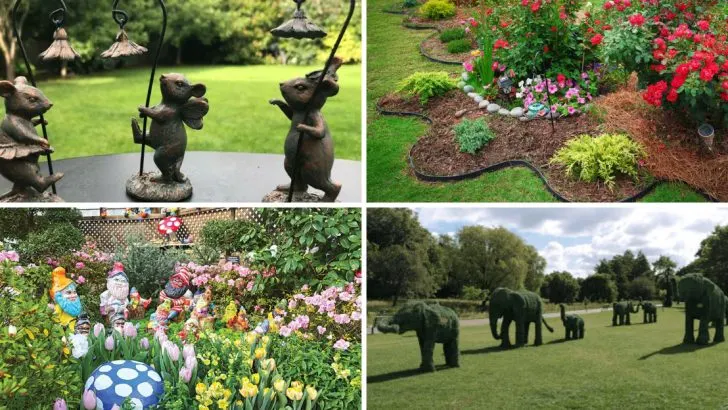Some landscaping choices seem like a good idea—until you’re getting ready to sell and a real estate agent gives you that look. It turns out, a lot of the things we think add personality or charm to a yard can actually work against us when it comes to curb appeal.
From quirky garden ornaments to certain plant choices, there are features that tend to raise more eyebrows than property values. These are the ones real estate agents say buyers notice for all the wrong reasons—and a few might surprise you.
Overgrown Trees
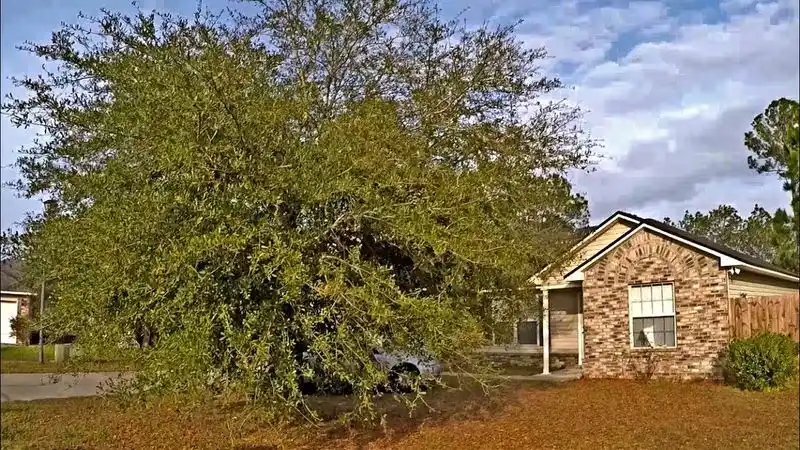
Imagine a quaint house hidden behind a dense wall of branches. Overgrown trees can obscure a home’s architectural charm, making it appear smaller and less welcoming. While trees provide shade and beauty, they require regular maintenance to avoid appearing neglected. Furthermore, they can cast dark shadows that make the property seem gloomy, especially during the day. Regular trimming and thoughtful placement can prevent these issues, ensuring the house remains the centerpiece of the view. Consider consulting an arborist to maintain a balance between natural beauty and visibility, enhancing curb appeal.
Excessive Lawn Ornaments

A garden filled with countless gnomes, flamingos, and windmills might seem whimsical, but it can overwhelm the eyes. Excessive lawn ornaments create visual clutter that distracts from the home’s natural and architectural features. Instead of enhancing the landscape, they can make it look chaotic. It’s often better to select a few tasteful pieces that complement your home’s style. Streamlining the decor not only highlights the property’s beauty but also appeals to a broader range of buyers. Remember, sometimes less is more when it comes to decoration.
Synthetic Grass

Synthetic grass, though low-maintenance, often fails to mimic the natural look and feel of real grass. Its vibrant, uniform color can clash with the natural hues of the surrounding landscape, creating a jarring visual experience. Many potential buyers prefer genuine lawns, appreciating the lush, organic texture underfoot. While practical for arid climates, synthetic turf can be off-putting in regions where real grass flourishes. If you’re considering this option, balance is key. Combining synthetic elements with real plants and flowers can soften the appearance and maintain aesthetic harmony.
Neglected Flower Beds

Wilted petals and unruly plants tell a story of neglect, not nurture. Neglected flower beds can turn off potential buyers, suggesting a lack of care. Vibrant, well-maintained gardens exude warmth and life, inviting guests with their colorful blooms. Regular weeding, pruning, and planting are essential in keeping these spaces inviting. Choose plants that thrive in your local climate to ensure they remain lush and lively throughout the year. A cohesive color scheme can also unify the space, enhancing the overall appeal and making the home feel cherished.
Whimsical Gnome Parade
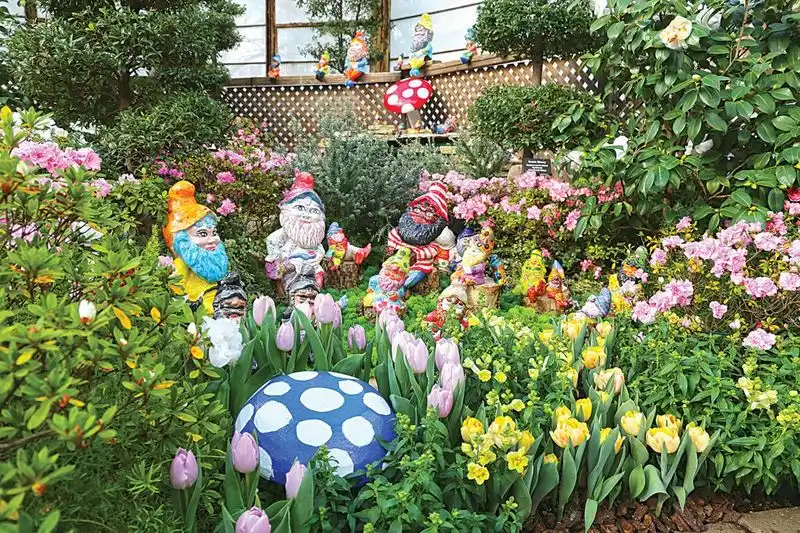
The whimsical gnome parade might seem charming at first glance, but it can quickly veer into cluttered chaos. Every gnome, with its distinctive hat and cheeky expression, jostles for attention. Homebuyers often prefer a clean, calm yard over one that feels like a gnome riot.
While individuality is celebrated, moderation is key. A couple of well-placed gnomes can add personality, but a parade suggests disorder.
For those wanting to retain their gnome collection, consider rotating them seasonally. This way, the landscape remains fresh, and the gnomes still get their moment in the sun.
Miniature Castle Fortress
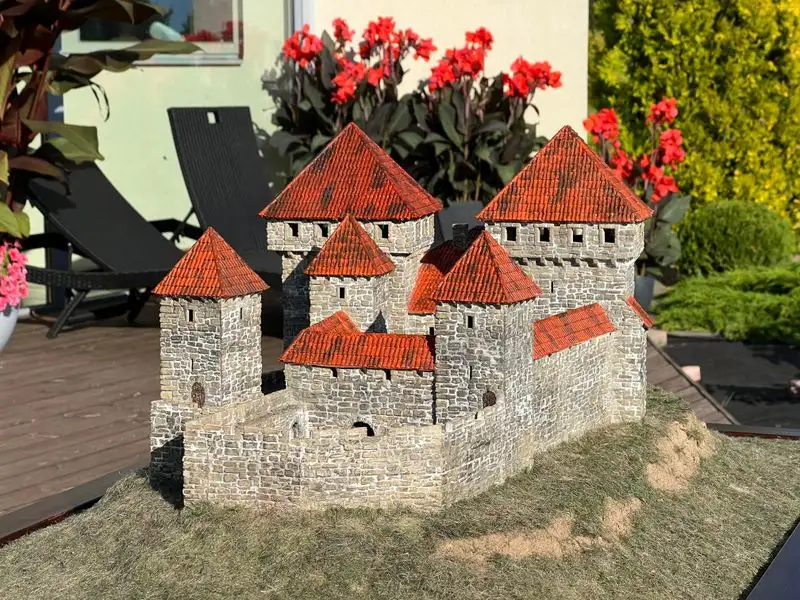
Building a miniature castle fortress in the front yard might seem like a fairy tale come true, but it often confuses more than it enchants. The towering turrets and tiny flags can overshadow the house itself.
Perspective is everything. A castle can be a focal point, but it shouldn’t overshadow the entire landscape. It might be more suitable for the backyard, away from the critical front view.
Consider scaling down or moving this whimsical structure to a private part of the garden. Subtlety can transform the grand into the graceful.
Giant Chess Set Stand-off
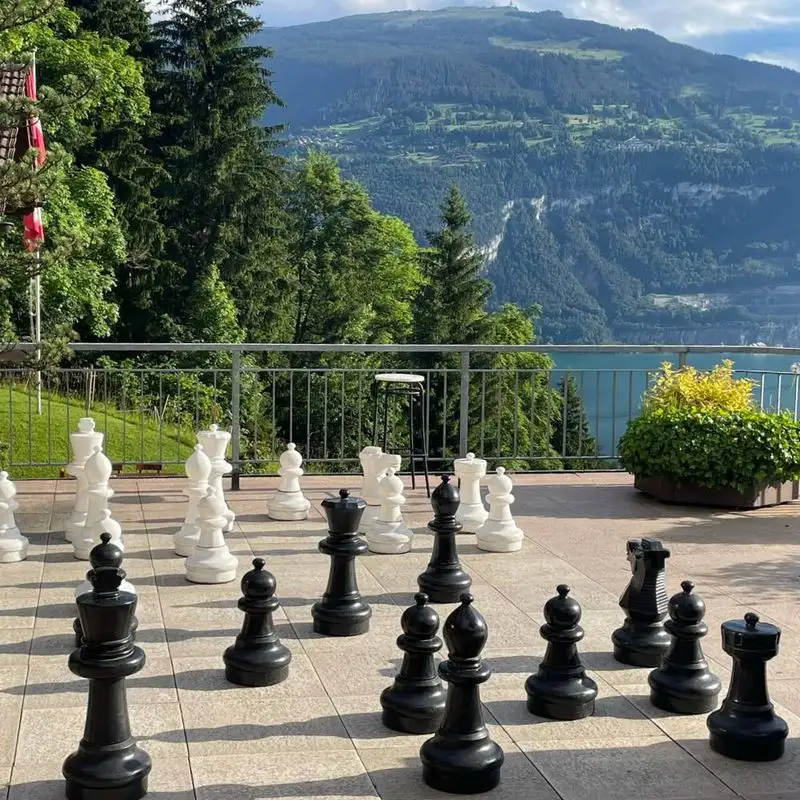
A giant chess set in the yard may feel like a strategic masterpiece, but it often distracts the potential buyer’s eye. The oversized knight, queen, and pawns dotting the grass can seem more like obstacles than art.
Such installations can break aesthetic flow. While they invite play, they can also dominate space. Consider relocating them to a dedicated play area.
Reducing the number of pieces or opting for smaller versions can maintain charm without overwhelming the landscape. Balance is key to keeping curb appeal elevated.
Colorful Tire Planter Explosion
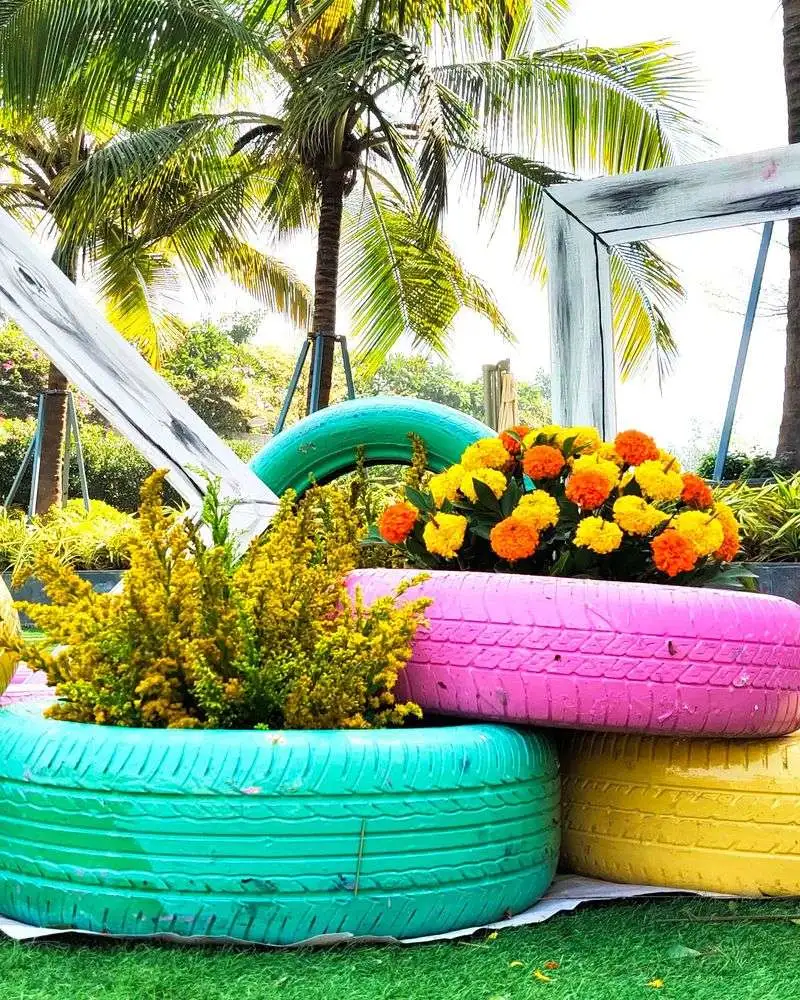
The colorful tire planter explosion is a recycling triumph but a visual challenge. Stacked tires painted in bold hues can give off a chaotic, rather than creative, vibe.
While these planters are eco-friendly, their jarring colors can distract from the home’s natural beauty. Choosing a more muted palette can harmonize the scene.
For those committed to the tire planters, strategic placement and color coordination can transform them into a unique feature rather than an eyesore. Creativity should enhance, not detract, from your curb appeal.
Fake Animal Menagerie

A yard filled with fake animals can be a whimsical tribute to wildlife, but it risks turning the landscape into a plastic zoo. Flamingos mingle with deer, creating a surreal scene that might not attract buyers.
While charming in small doses, too many can dominate the yard. Choose a few favorites to feature, or rotate them seasonally.
For a more natural look, integrate them with real plants that suit their theme. This approach creates harmony without sacrificing whimsy. Balance keeps it all from becoming too kitschy.
Mystical Stone Circle
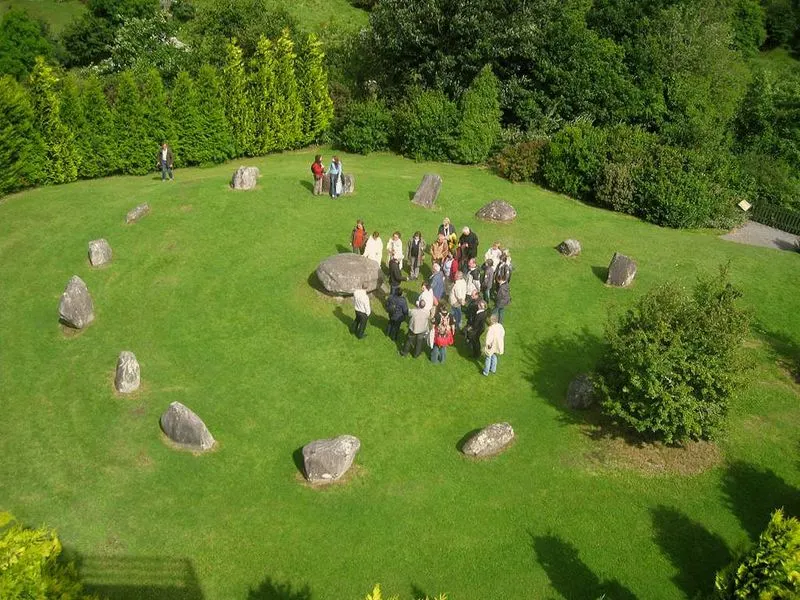
Constructing a mystical stone circle might invoke ancient wonder, but it can also appear out of place. Large stones can overwhelm the space, making it feel more archaeological dig than welcoming home.
Stones should enhance the landscape’s serenity, not dominate it. Consider downsizing or rearranging them for a more subtle effect.
Accent smaller areas with these stones, perhaps as a hidden garden feature, rather than a front-and-center spectacle. Mystique works better in moderation, blending into the landscape rather than overshadowing it.
Random Mosaic Pathway
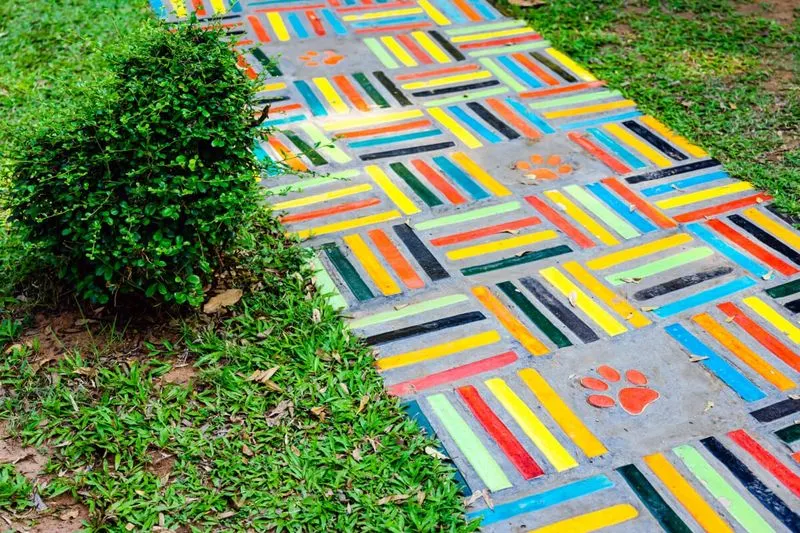
A random mosaic pathway offers a burst of color and creativity, yet it risks clashing with the home’s overall aesthetic. Each tile tells a story, but together, they can narrate a chaotic tale.
When too varied, they might distract from the home’s architecture. Consider a more coordinated palette, using colors that complement the exterior.
Simplify the design or confine it to a smaller area, like a patio or secluded walkway, to maintain harmony. The pathway should guide, not confuse, the eye and the visitor’s journey.
Overzealous Topiary Zoo

Topiary animals bring a sense of whimsy and artistry, but an overzealous zoo can clutter a landscape. Elephant trunks and giraffe necks reaching skyward might impress, but can also overwhelm.
Balance artistry with space. Choose a few key pieces as focal points rather than a menagerie.
For a subtler touch, integrate smaller, less ambitious shapes. This way, the topiary adds charm without overshadowing the natural beauty of the garden. Sometimes, less is more, even in the world of horticultural sculpture.
Neon Garden Lighting

Neon garden lighting transforms a yard into a vibrant spectacle, but it often resembles a nightclub more than a tranquil retreat. Bright neon hues can clash with nature’s subtle tones.
Lighting should enhance, not overwhelm. Opt for softer lights that guide rather than glare.
Consider using neon sparingly, perhaps as an accent in strategic areas. This approach adds modern flair without detracting from the garden’s serenity. Lighting should invite visitors in, not make them squint.
Artificial Waterfall Cascade
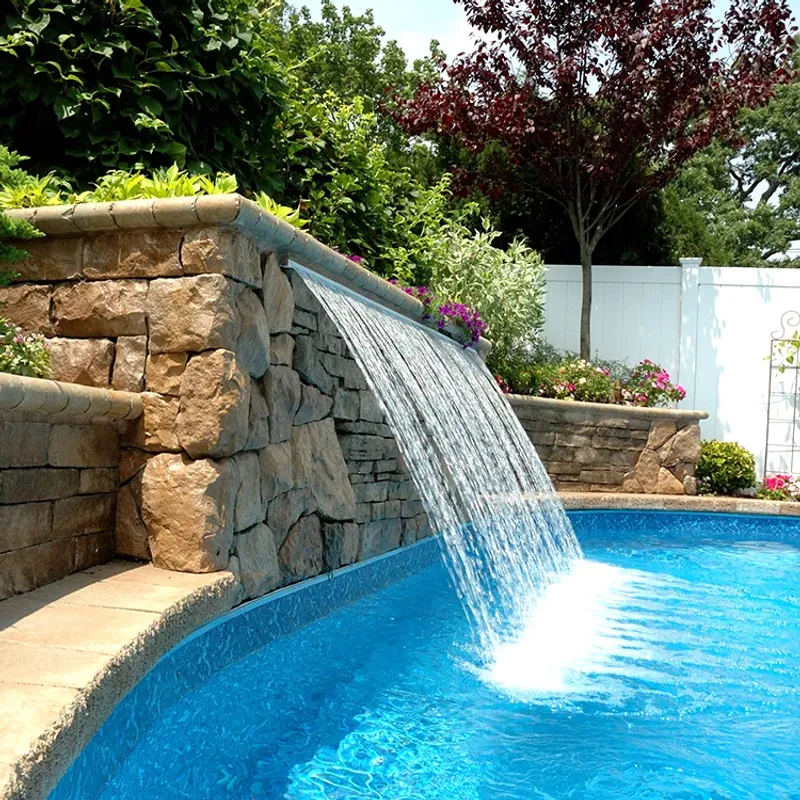
An artificial waterfall cascade might promise tranquility, but its presence often feels forced. Synthetic materials can detract from the illusion of natural beauty.
Consider naturalizing the feature with real rocks and plants to blend it into the landscape.
Replacing artificial elements with real ones enhances authenticity and appeal. A streamlined, subtle design offers a serene backdrop, inviting visitors to relax and enjoy rather than question its reality. Nature-inspired features should seamlessly integrate, not stand out as artificial additions.
Enchanted Fairy Village

Creating an enchanted fairy village might delight children, but it can easily become an overcrowded spectacle. Tiny houses and characters, though charming, can clutter the garden.
Position them in a hidden nook or corner, transforming it into a secret world rather than a focal point.
When well-placed, these miniatures enchant without overwhelming. They can evoke a sense of wonder, adding depth to the landscape. The key is to keep the whimsy in balance with the natural surroundings.
Kitschy Nautical Theme

A kitschy nautical theme might seem appealing to some, but too many ship wheels and anchors can turn a garden into a sailor’s sanctuary rather than a welcoming home. The maritime motif can easily dominate.
Limit nautical elements to subtle accents that complement rather than compete with the landscape.
Consider using natural materials like driftwood to maintain a coastal vibe without overwhelming the design. A touch of the sea should enhance the garden’s charm, not make it feel like a themed attraction.
Eccentric Upside Down Planters

Upside down planters present a unique gardening style, yet they often cause confusion. Seeing plants defy gravity may intrigue, but it can also disrupt the visual harmony of a yard.
While innovative, such designs might be better suited for a dedicated garden area rather than the main entrance.
Choose plants that thrive in such conditions and keep the number of planters minimal to retain elegance. Ground-breaking approaches are refreshing, but they should add to the landscape’s appeal rather than mystify it.

